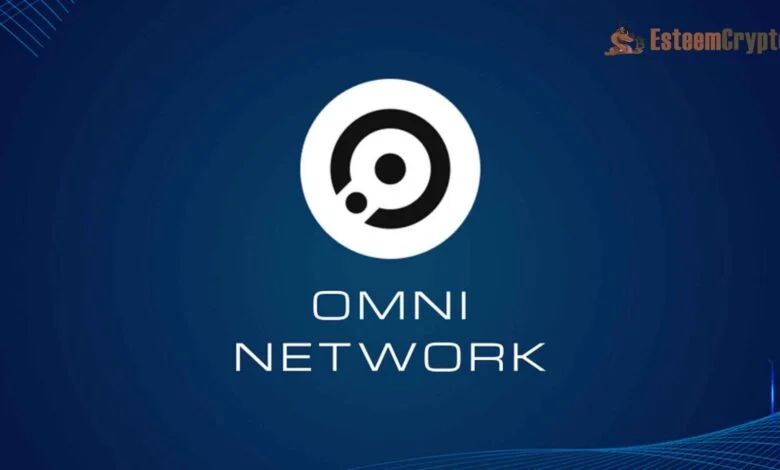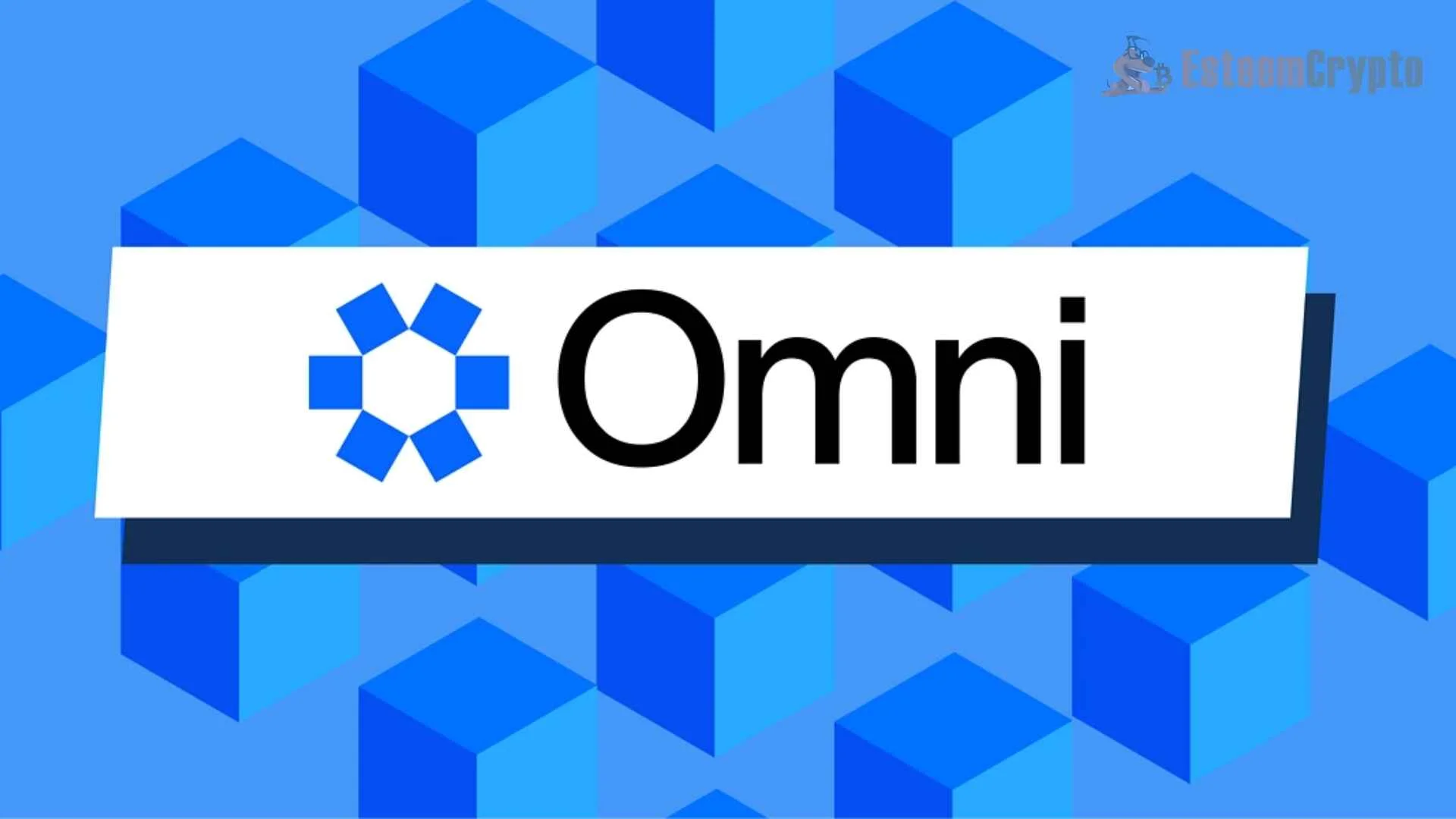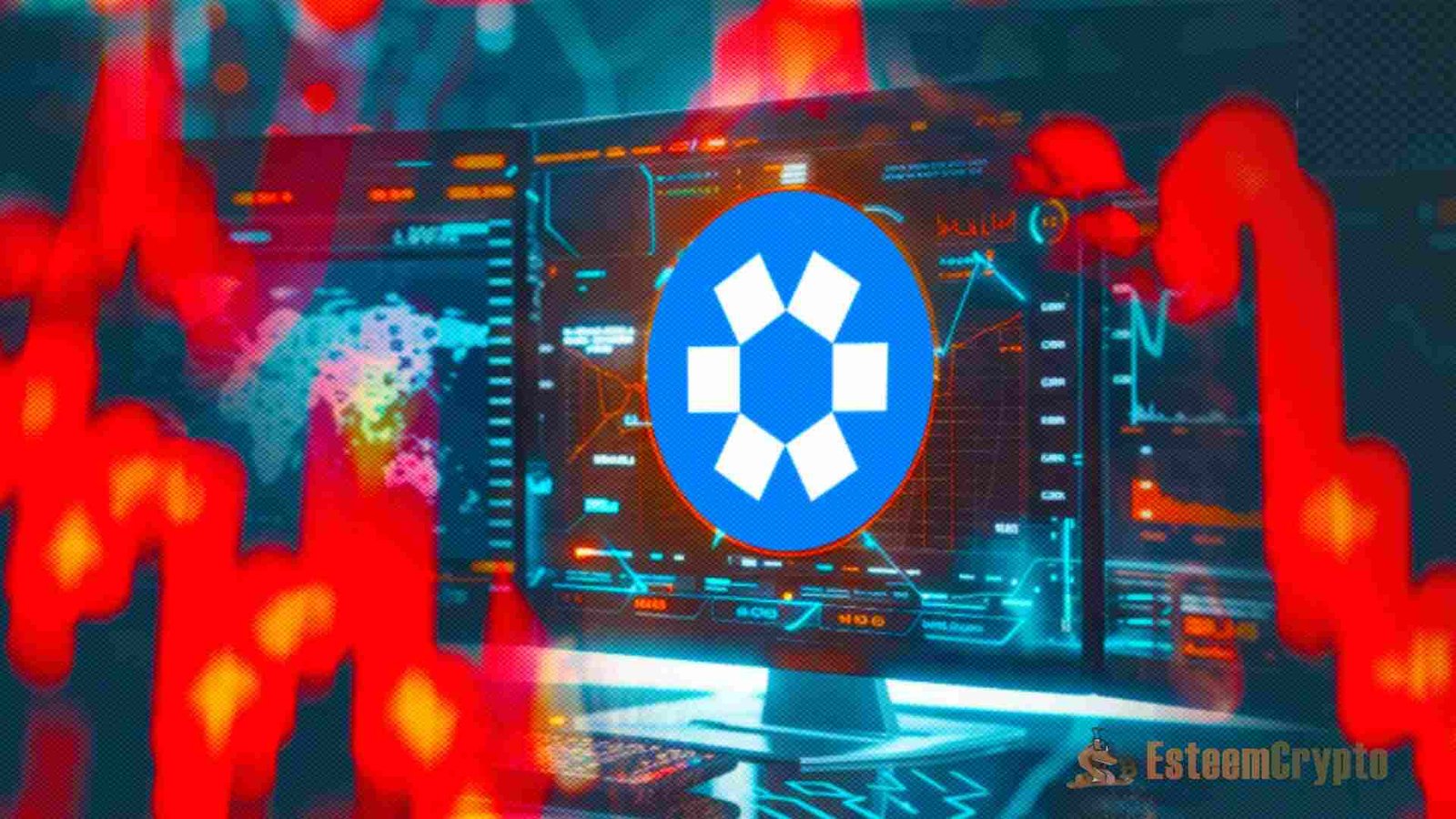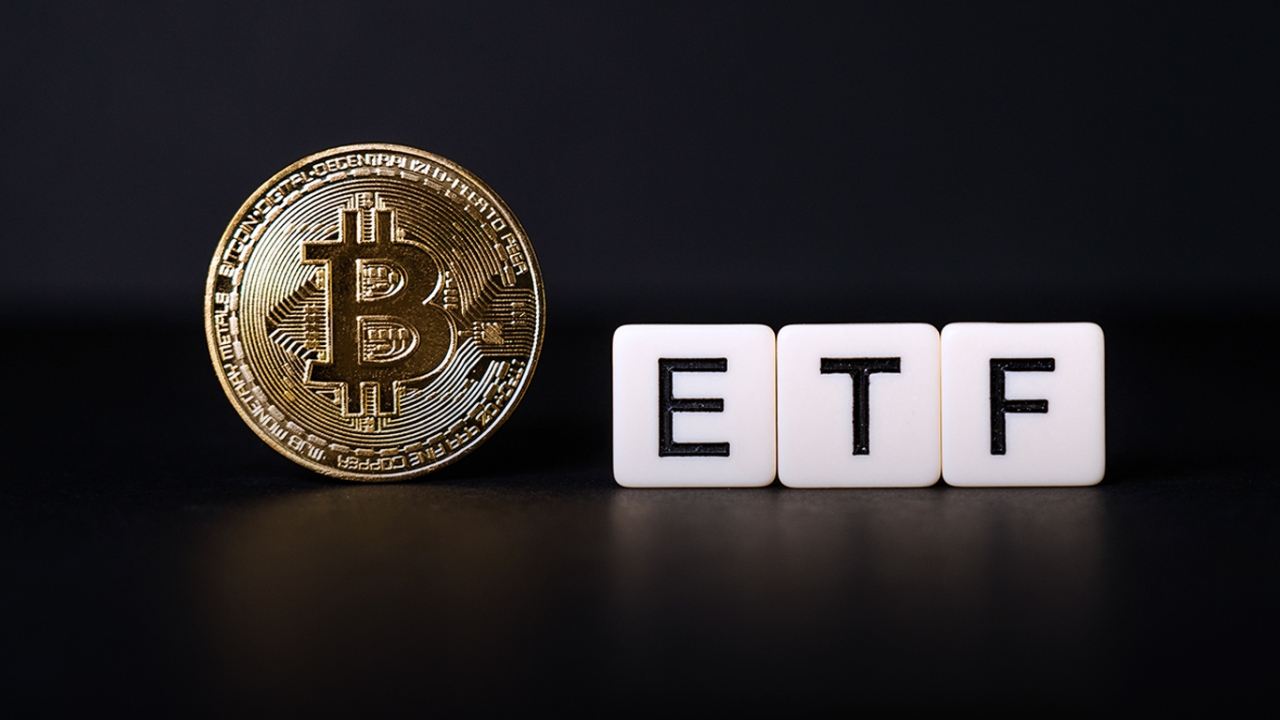Omni Network: An In-depth Explanation By Esteemcrypto

Omni Network. Omni is an interoperability protocol on Ethereum that enables communications between all Ethereum rollups, underpinned by the crypto-economic security of staked ETH. This will allow collaboration and interaction between different blockchain ecosystems while enabling developers to create applications that operate across multiple chains.
Introduction to the Omni Network
The Ethereum-native interoperability protocol Omni Network aims to provide low-latency connections across all scaling products, or rollups, on the Ethereum network. Overall, it will showcase Ethereum as an OS that is safe, efficient, and interoperable worldwide. Because of this, programmers will be able to create apps with interactivity and seamless app-switching capabilities. Omni will use a dual-stake process that includes staked OMNI and restated ETH to secure itself as a Proof-of-Stake network.
Omni Network conducted several testnet rounds before the mainnet launch to guarantee a problem-free final platform. During June and July 2023, 150,000 users conducted 1.5 million transactions on the Omni Origins Testnet. Then, from August to October 2023, 400,000 people and 30 ecosystem initiatives participated in the Omni Overdrive Testnet, which processed 6 million transactions. Since its launch in March, Omni’s Omni Omega Testnet has been continuously operational. The current count of retakers delegating to Omni operators is 75,600, with 37 operators overall.
Fundraising by Omni Network
Pantera, Spartan Group, and Two Sigma were the six investors who contributed to Omni Network’s $18 million in a prior financing round. To strengthen Omni’s defences against hacks and asset depegs, liquid restaking protocol Ether. Fi recently pledged $600 million worth of ETH in a delegation contract. These funds will be restocked on EigenLayer. As part of its Actively Validated Services, Omni will add Ether. Fi’s node operators and the liquid token eETH to its allowlist.
How Omni Network Works
Securing $1 billion in staked ETH commitments from liquid restacking protocols like Ethereum. The Omni Network became the first Actively Validated Service (AVS) for Fi, Renzo, Rio, Swell, and others. An EigenLayer Actively Validated Service is a protocol that uses Ethereum’s shared validation and security mechanisms. Developers can leverage Ethereum’s security system with an AVS instead of duplicating it. To defend against attacks, it is helpful to borrow this security.
Further, by reusing components from the EigenLayer ecosystem, AVSs improve the blockchain’s resource utilization. Participation in security protocols does not necessitate validators to allocate distinct resources. With staked ETH, Omni will implement blockchain security by having validators and delegators coordinate to check protocol messages, slashing events, and the validator set’s integrity.
Omni Network aims to build an ecosystem that unites all blockchain networks, irrespective of their technological foundation, in contrast to other blockchain networks. This method will employ a base layer as a universal connector to make their interactions easier. Using staked OMNI and restated ETH, a permissionless network of Omni validator nodes will employ CometBFT consensus to verify the authenticity of messages and transactions. The subsequent linkages may pave the way for actual cross-chain composability.
Benefits of Omni Network
Developers and users in the Ethereum ecosystem can take advantage of the Omni Network’s many advantages, including its low integration requirements. Developers can more easily work across different rollups without making significant modifications and give users a wide choice of applications using Omni’s design, ensuring compatibility and minimal integration needs.
Omni enables safe and universally compatible Ethereum-native interoperability, facilitating interaction and communication across various Layer 2 rollups while relying on the Ethereum mainnet for security. A global gas marketplace introduced by Omni streamlines gas payments and lets customers engage with any app. OMNI token demand will rise as transactions become more accessible.
Omni also includes support for older versions of rollup software, which is a nice perk. Because of this, developers can incorporate Omni without having to change their current contracts. Using staked ETH, Omni creates a safe space where consumers may transact with various rollups, and developers can make apps.
The OMNI Token
Launched on Ethereum L1, the OMNI token is an ERC-20 token key to Omni Network’s goal of enabling transactions on any Ethereum rollup. Staking BNB and FDUSD into different pools allowed users to farm OMNI tokens for the first four days. The token was published first on Binance Launchpool as the 52nd project. Coin genesis coincided with OMNI’s Binance, KuCoin, and Gate.io listings.
In addition to being the native gas token for the Omni EVM, OMNI may be an unutilized gas resource to enable transactions on any Ethereum rollup. Additionally, it will serve as the platform’s governance token and be part of the protocol’s dual staking architecture with restated ETH to strengthen security.
There are 100 million units in circulation at Genesis, with 10,391,492 units constituting 10.39%. In honor of the currency’s debut, the Omni Foundation has announced the OMNI Genesis airdrop, which will reward users for their contributions to the network. Omni Network has specified that 9,270,000 tokens, or 9.3% of the total, will be reserved for the public debut. The OMNI Genesis airdrop will distribute three million tokens; the rest will go into public launch pools and liquidity.
The ecosystem development category, which seeks to cultivate a prosperous developer community, will be allocated 29,500,000 OMNI, or 29.5% of the total. Initial network setup and early validator awards will use 496,492 OMNI. At first, the Omni Foundation will decide how to spend the money, but eventually, token-holder governance will take over.
Grants and other community development projects will get 12,666,667 OMNI, or 12.67% of the total token supply, from Omni Network. Before token holders’ governance takes over, the Omni Foundation’s ecosystem development category will choose this fund.
One-quarter of a million OMNI tokens are up for grabs, including present and future contributors to the system. Individual donors will have a four-year vesting period, with a one-year cliff for ½ of their total tokens. After that, the remaining tokens will be unlocked in a step-by-step process every six months. Additionally, core contributor tokens are subject to a three-year unlock plan with a one-year cliff for one-third of the total tokens and subsequent progressive unlocks every six months.
There will be a three-year unlock for 20,063,334 (20.06%) OMNI tokens as a token of appreciation to the Ethereum community members who have supported Omni Network. Half of the tokens will be locked for one year at the beginning, and the other half will be unlocked in increments every six months.
And lastly, advisers who have helped shape the network with their knowledge and advice get a cut of 3,250,000 OMNI. Of this total, 625,000 OMNI will be unlocked at inception, with the remaining tokens being unlocked over three years, with a cliff occurring after the first year. Following the cliff, 875,000 OMNI will become available, and for the next two years, 437,500 OMNI will become available every six months.
In conclusion, for the first three years following the token’s creation, all tokens in the core contributor, investor, and advisor categories will become entirely usable, including locked or unvested. On the other hand, the Omni Foundation and community governance can choose to put ecosystem development and community growth allocations into circulation. Genesis Community agrees to inflation for validator incentives after three years.
Also Read: Trending Altcoins to Watch in 2024
What Is Next for the Omni Network?
After completing the Omni Omega testnet, the Omni Network plans to deploy its mainnet, among other exciting events, for the remainder of the year. Aside from that, the team plans to onboard additional operators for the EigenLayer protocol and liquid restaking and expand Omni Network to incorporate Celestia and EigenDA as alternate data availability systems.
Conclusion
Connecting all Ethereum rollups and presenting Ethereum as a unified network is the objective of Omni Network, an interoperability protocol. In addition to participating in the dual staking method, the OMNI token will serve as a linking element through Omni’s universal gas marketplace. Incentives for Omni community members to help build the platform, such as the OMNI Genesis airdrop, are something many users eagerly anticipate.




